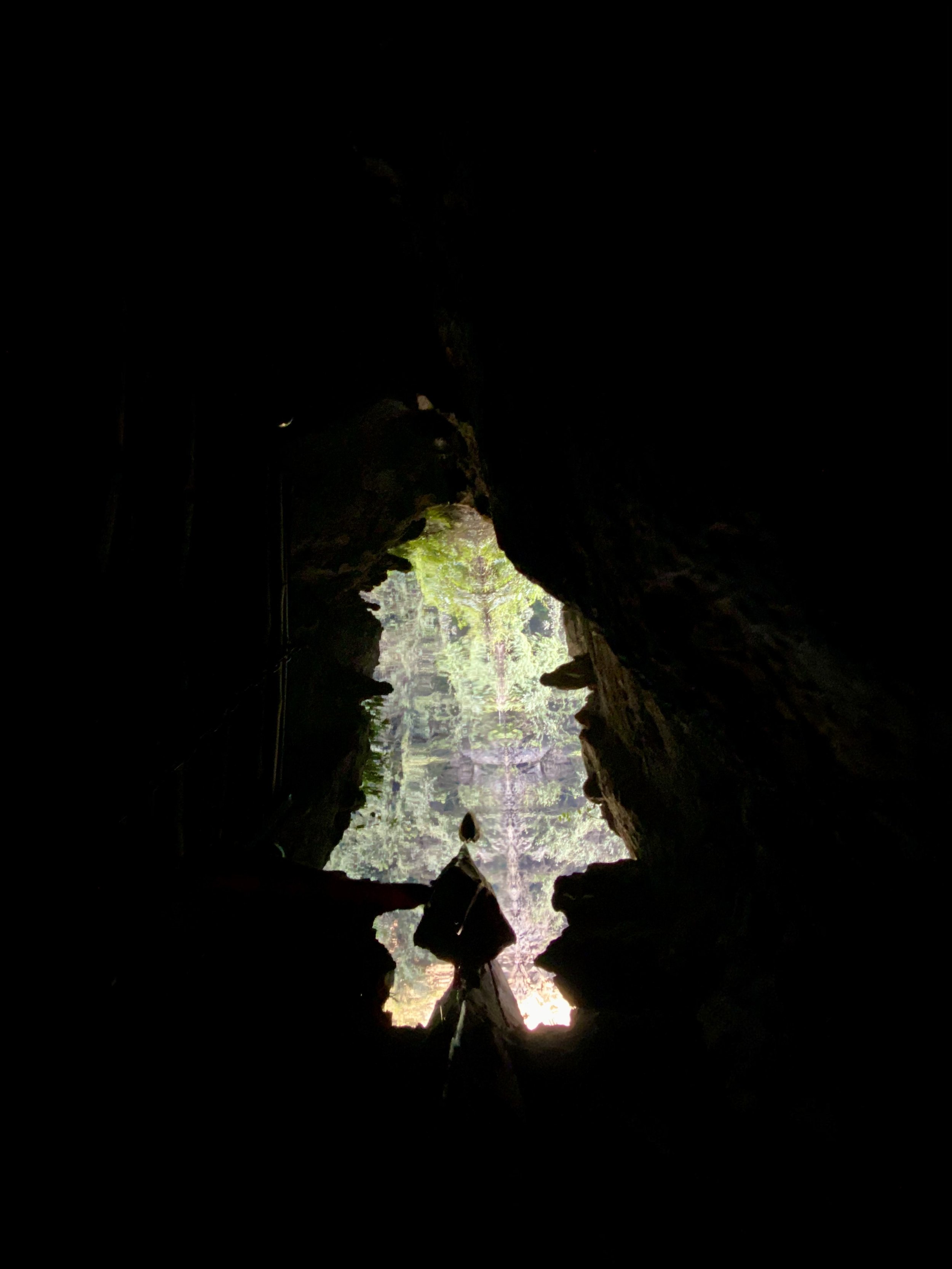Photo Tableaux
The artist duo BLECHMEKI (a portmanteau of their names, Max Blechman and Kazu Umeki) uses mass-produced American pottery from the 1930s to 1980s to create photo tableaux of stunning simplicity and beauty. At first glance, individual pieces of pottery – such as vases or figurines – appear identical, but closer inspection reveals subtle and captivating variations in form and color. By applying geometric composition protocols to photograph these objects, BLECHMEKI’s work compels the viewer to consider them in ways that transcend their commonplace origins.
The Artists
Max Blechman
After spending the first five months of his life in Brooklyn, NY, Max spent the rest of his childhood in the Five Towns of Long Island, New York. After a pleasant childhood, he went to the midwest to study. There, he received his Bachelor of Landscape Architecture from the University of Michigan in Ann Arbor.
After college, he spent 15 years in Manhattan, immersed in the 60’s - 70’s burgeoning art scene and other cultural phenomena of that particular venue and time. Eventually, he traveled to the West Coast to visit his brother and was seduced by San Francisco — its beauty, size, climate and thriving culture — so, later that year, he moved to California for good.
Apart from his art and architectural disciplines, he also has a literary bent: He’s written screen plays, poems and short essays. He also likes Netflix, HBO, films in general, good food, travel and The New York Times crossword puzzle, which he does daily only from Wednesday through Sunday.
Some of his other photography works are posted on his portfolio webpage.
Kazu Umeki
Kazu spent his early years in Tokyo. As a child, he had a passion for collecting pebbles from nearby hills and streams. He was fascinated by the unique colors and patterns revealed when he brushed water onto them. The world in front of him was filled with natural beauties. He moved to Massachusetts to attend prep school, and subsequently obtained bachelor’s and master’s degrees from the Rhode Island School of Design (RISD.) He also received Award of Excellence in design at RISD. His design inspirations often come from the nature and closer studies of natural phenomena.
Besides photography, he enjoys exploring outdoors, painting, drawing, architecture, digital media, and having beers with friends on weekends. More of his work is found at his other websites:
The Pottery Collection
FAQs
When did you, Max, first start collecting pottery?
In 1980, I worked for Johnny Jupiter, a what-not, vintage collectible store on Bleecker Street in Greenwich Village, which was owned by a friend of mine, Paul Toner.
So your collection dated from then?
No. At the store, I first became aware of collectibles — everything from pottery to vintage toasters. It was only when I moved from New York City to San Francisco that I began to seriously collect. So 1985 would be the true start of “the collection.”
Why did you start collecting pottery, instead of some other collectible, such as watches, coins or stamps?
I like the way the individual pieces look and, strangely enough, feel. And I like the way many almost identical pieces, when placed together in sub-collections, look even better.
You mentioned you liked the way the pottery feels. How so?
Certain pieces have a silkiness that is quite pleasing to the touch. It’s mostly the matte pieces, not the glossy ones.
Why did you say ‘almost’ identical objects? Isn’t this pottery factory made?
That’s one of the joys and discoveries I made early on. Even though this pottery is factory made in molds, there are oftentimes dissimilar pieces, varying by noticeable differences, when placed together in a row. I find this fascinating because it shows the variation in something that is supposed to be fixed.

Where did you first find these pieces?
In the Bay Area, at the Marin City flea market, collectible/antique stores, garage and yard sales.
What happened when you discovered eBay?
My collection exploded. Suddenly I could buy my pottery from all over the country, not just locally. Now eBay is the source of 99% of my collecting. Even so, I still occasionally peruse antique or collectible stores. Who knows what might be waiting on a dusty shelf in the back for me?
Living in San Francisco, aren’t you afraid that earthquakes will ultimately destroy your collection?
I try to make sure the important (or dangerous, should they fall) pieces are protected as best I can. In the earthquake in 1989, when the collection was in its infancy, I only lost a dozen pieces. In any massive quake, where the walls in my home will crumble, all will be lost, but short of that, the collection will survive due to earthquake putty, shelf rails, etc.
How do you dust all the pieces?
I don’t. I only dust when I am moving (and therefore, touching) the pieces. It’s only then that fingerprints and dust show. They do, however, look much better when they are sparkling, but who has the time for that sort of housework?
Are all the pieces manufactured by the same company?
No. I collect several different brands — Catalina, West Coast, Camark, Shawnee, Red Wing, Zanesville, Coors, to name but a few.
-
You didn’t mention Fiestaware or Roseville Pottery. Do you collect them?
No. When I began to collect, those two brands were already heavily collected and were too expensive for me. So I concentrated on the lesser known, but equally beautiful (in my opinion) brands. I do like Fiestaware and Roseville, and even have one piece of Roseville in my collection and two large Fiesta platters in my kitchen cabinet for actual home use.
Do you actually use your pottery on a day-to-day basis?
Aside from the four pieces of Fiestaware mentioned above, no, none of the actual pottery collection is ever used – with the exception of celebratory gatherings. For instance, for one of my birthdays (ending in zero), we invited many friends and family to a famous San Francisco restaurant, where we provided eight large West Coast pottery spherical vases for the table flower arrangements, and 50 Camark mini-vases, which held place cards.
The collection seems to be very homogeneous. Did all the various companies make the same sort of pottery that you collect?
No. I choose the ones I like from the various companies. That’s why the pieces resemble each other in some way and make a cohesive whole when you look at them en masse.
So you don’t buy every piece that a manufacturer makes, just to be complete?
No. Most of the pieces that manufacturers created are not attractive to me. For instance, I do not buy pottery that has been cold-painted (color applied after glazing) unless I will scrape it off with a single-edged razor blade. And I stay away from cute, kitschy, appealing-to-Midwestern-housewives items.
Living with your pottery must be difficult. Do you find yourself inhibited at home because you must be careful all the time?
Not at all. I have only broken one piece due to an errant arm reaching out. Of course, there have been other mishaps by friends, guests and housecleaners, but nothing too awful. (None of the cats that I have had during this span of time have ever broken any either, but that is probably due to luck.)
Are all of the pieces in mint condition?
Sadly, no. But I would say that 99% of them are. The others have sneaked into the collection by dint of their color or shape or some other factor that persuaded me to buy them. Or sometimes I bid and win a piece and when it arrives, I will discover an unreported imperfection. If I can live with the imperfection, I negotiate a partial refund with the seller. Remember, you can turn many factory imperfections to the wall and, voilà, perfection!
Factory imperfections?
Those are certain minor flaws — glaze skips or slips, glaze pinholes or chips that were covered by the glaze — which are acceptable to me. But I do not want hairline cracks, cracks, chips, fleabites or unremovable stains.
Back in 1985, did you ever think you would have collected so many pieces?
No. I don’t believe any collector knows at the onset of his collecting how large his collection could become. But once the virus is firmly established it is difficult to stop. Fortunately in my case, it has been relatively easy to live with. Over the years, I have modified my home by adding shelves and clever display areas, as well as a storage room for the items which no longer fit into my living space, or no longer capture my fancy as much as others.
Have you thought about the future of your collection?
As the collection became larger, my thoughts of what would ultimately become of it loomed larger as well. I began to give it serious thought. I realized I didn’t want to start selling it off piecemeal on eBay, or even as mini-collections. There is a principle of collecting which probably holds true, no matter what you are amassing: In assembling a collection, you are fighting entropy by countering the tendency of the world and all its objects to fly apart. In this age of recycling and composting, it seemed somehow wrong to reverse direction and de-access.
So you don’t intend to sell it, ever?
Probably not. It will be a situation that my heirs will have to sort out. I’m too busy with it at the moment to give serious thought to selling it. Although I intend to sell some individual pieces — pieces that I bought and later regretted, not that they weren’t decent specimens, but because they didn’t fit into my broader collection. Or more importantly, they were singular objects; I never found any more of them. And as you can see, I collect deeply as well as broadly.
Would you donate your collection to a museum?
You’ll have to ask my heirs after my death. I don’t think I will be finished collecting until then.
What do your friends and family think of your collection now?
Initially, they thought the pottery was pretty and were amused that I was collecting pottery. Then, as the amount of displayed pottery in the house mushroomed, they became worried. They thought I was becoming a crazy person and discouraged my collecting. (My mother would implore me at regular intervals to cease collecting!) Now, however, friends are somewhat in awe of the magnitude of the collection and my new use for the pottery.
By ‘new use,’ you mean the photo tableaux?
Yes. By using my vast inventory of many different sub-collections, I am able to create these tableaux to be photographed with Kazu.











